Convict shirt
1819–48
Known as a smish, kemesa or flesh-bag in the convict ‘flash’ slang language, this convict uniform shirt has been worn, torn, stained and patched. Discovered in 1979 under one of the stair treads leading to level 3 of the Hyde Park Barracks, it is a rare survivor of the tens of thousands of shirts that were issued to convicts in the penal era. Manufactured from a plain weave unbleached cotton, with blue weft stripes of alternating width, it has a red Board of Ordnance and broad arrow stamp – ‘BO/↑’ – at lower left front, confirming its issue by the Board of Ordnance and ownership by the government.
As with most other movable items at the Barracks, convict shirts were traded on the black market. The authorities often discovered convicts stealing shirts, smuggling shirts out of the Barracks by wearing doubles, or throwing them over the walls to others waiting on the other side.
More artefacts
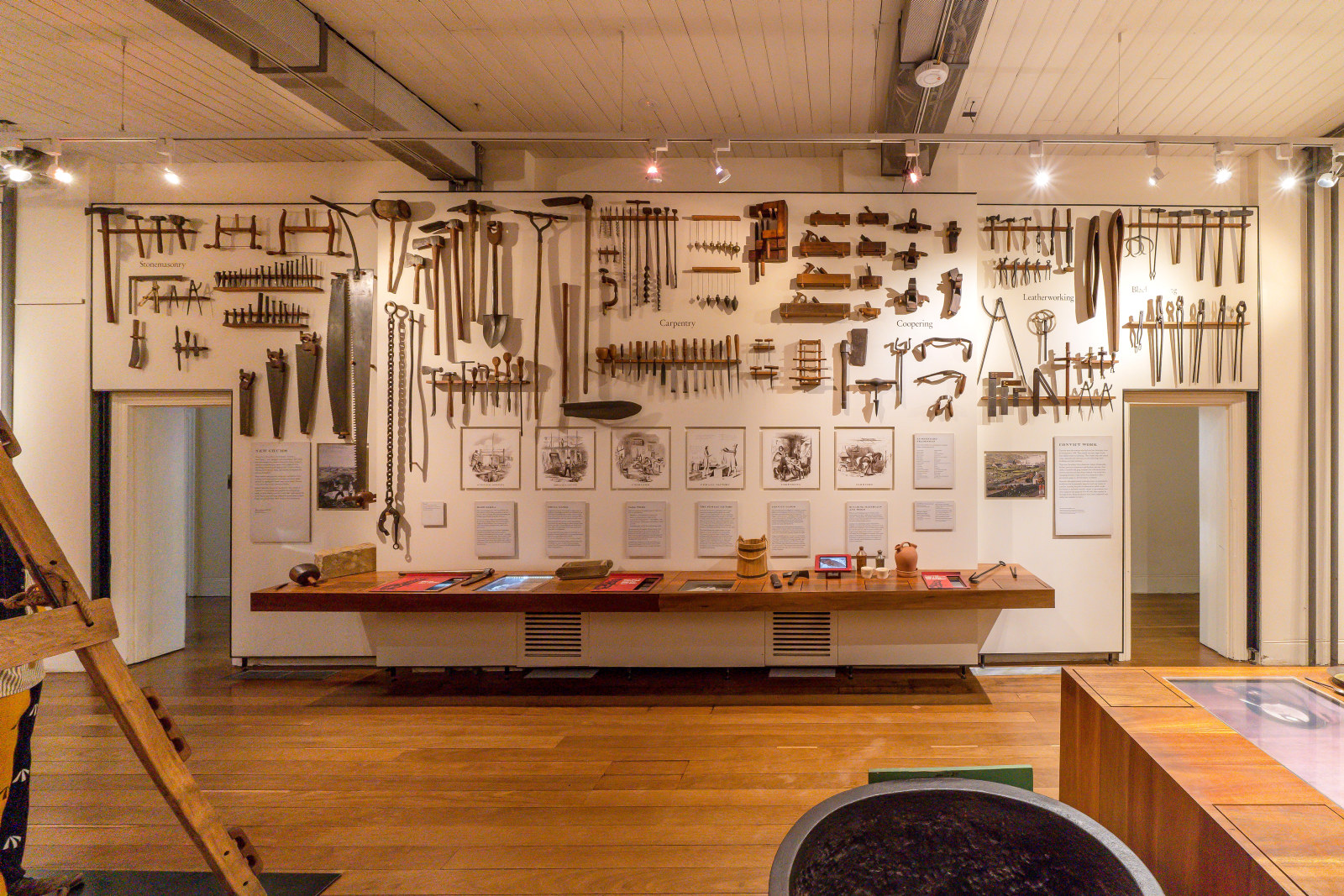
Convict Sydney
Objects
These convict-era objects and archaeological artefacts found at the Hyde Park Barracks and The Mint (Rum Hospital) are among the rarest and most personal artefacts to have survived from Australia’s early convict period
Published on
Convict Sydney
Browse all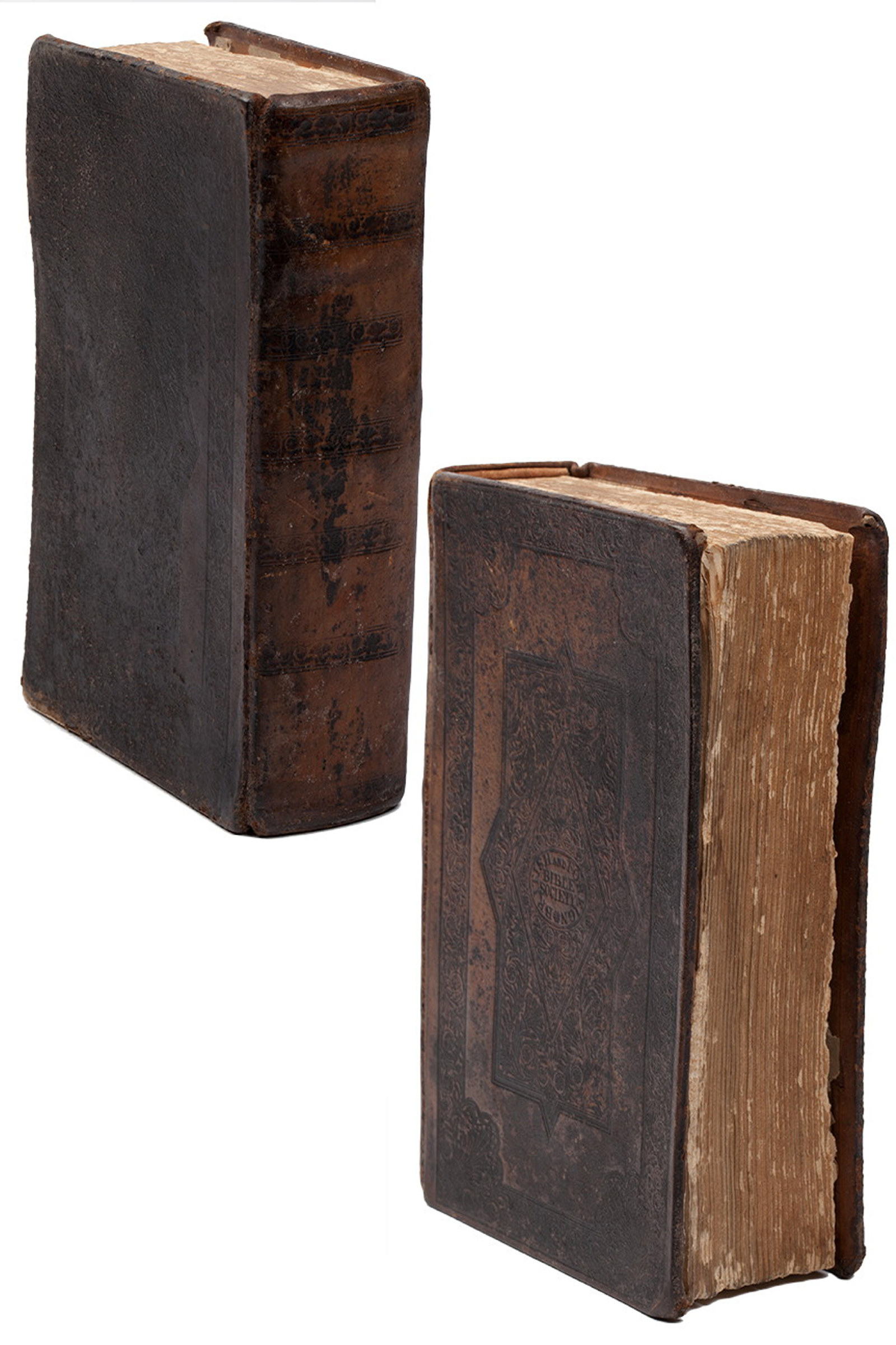
Convict Sydney
Bible and prayer book
The name written inside the covers, with the year 1837, tells us these books once belonged to an English brass founder named Thomas Bagnall
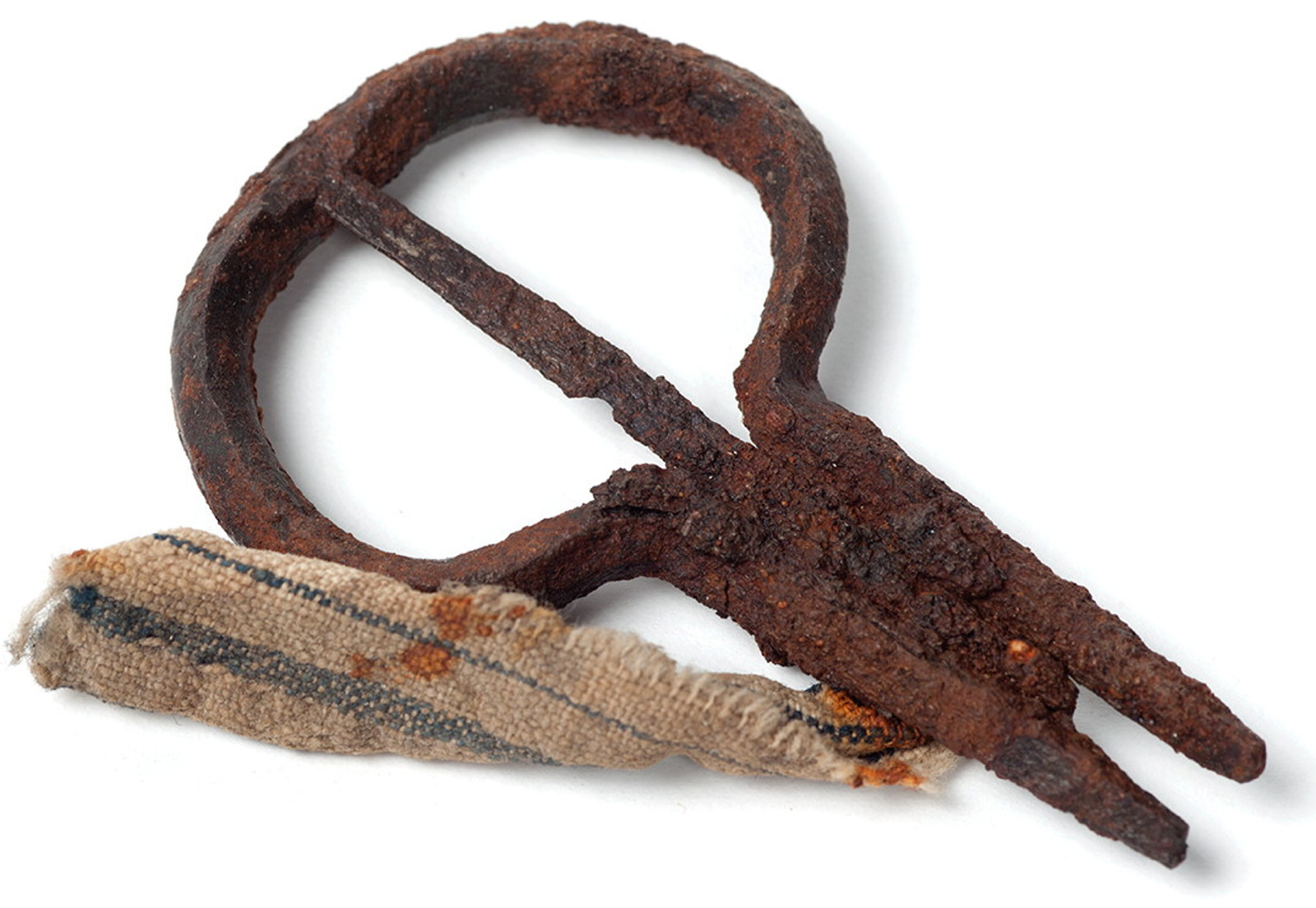
Convict Sydney
Jaw harp
This iron jaw harp was found by archaeologists at Hyde Park Barracks alongside other convict-era objects
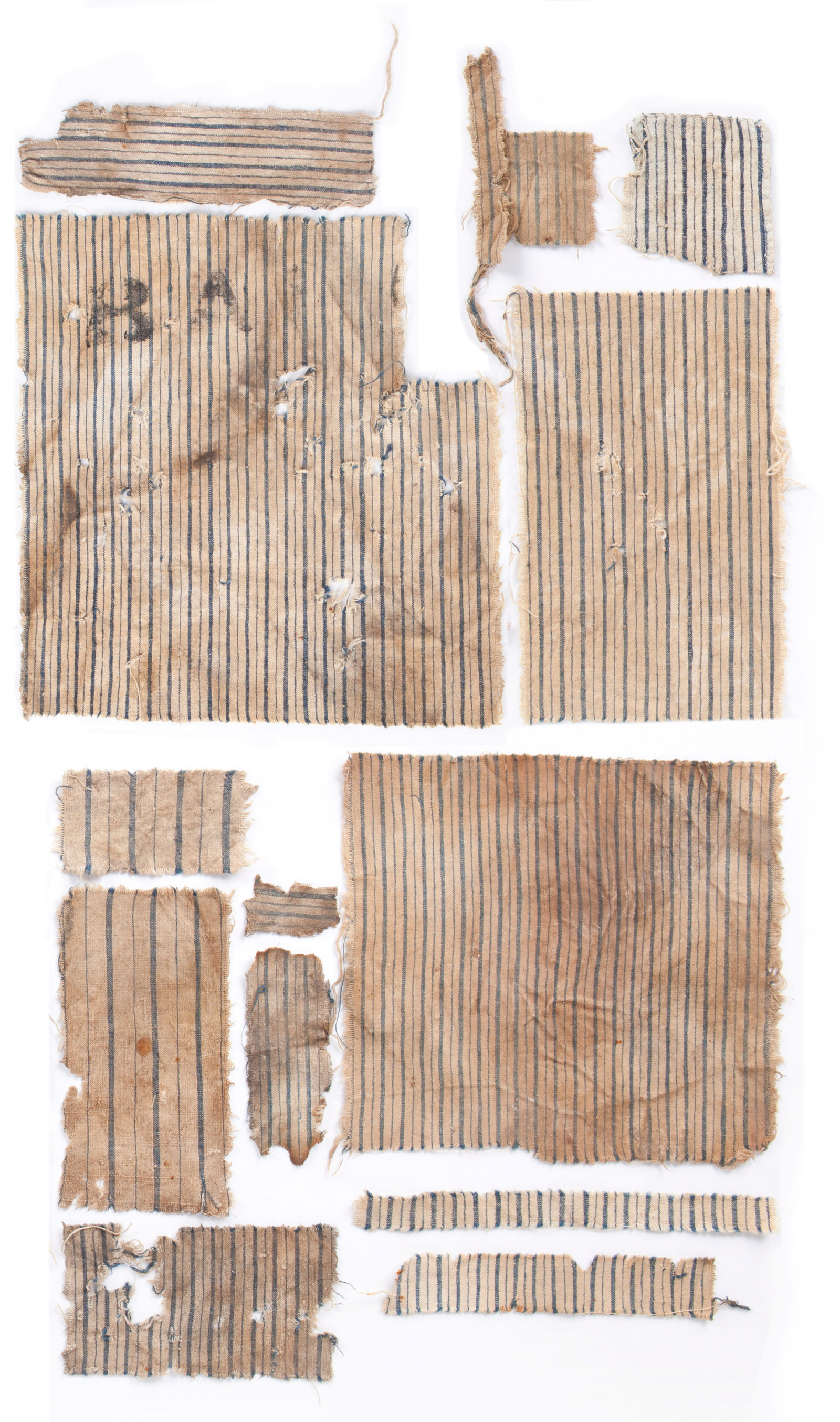
Convict Sydney
Convict shirt scraps
Deliberately torn into squares and strips, these scraps of convict shirt suggest that some convicts were recycling old clothing for new purposes
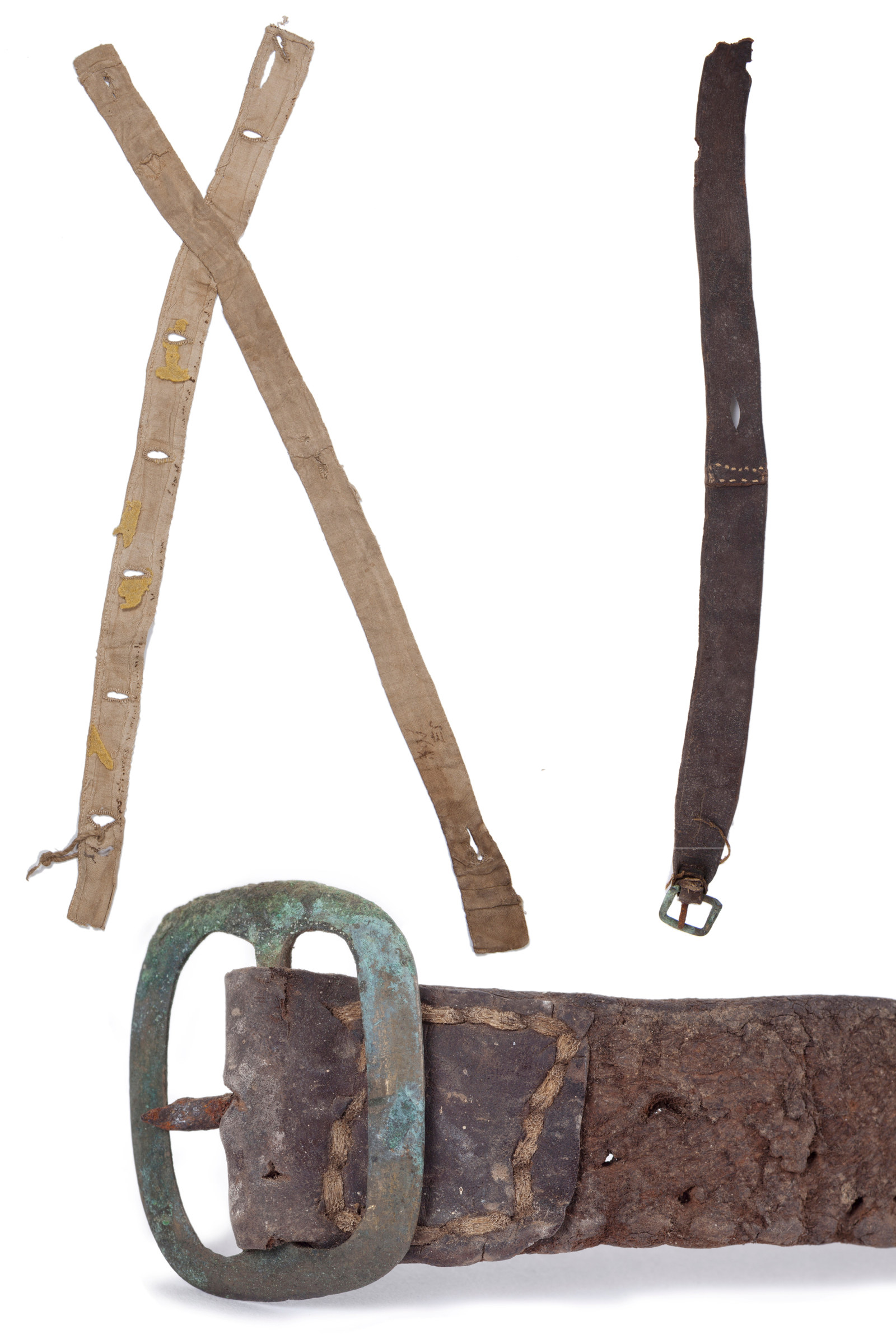
Convict Sydney
Convict braces and belts
Convict ‘slop’ clothing was one-size-fits-all, so some convicts had to improvise ways to keep up their baggy trousers
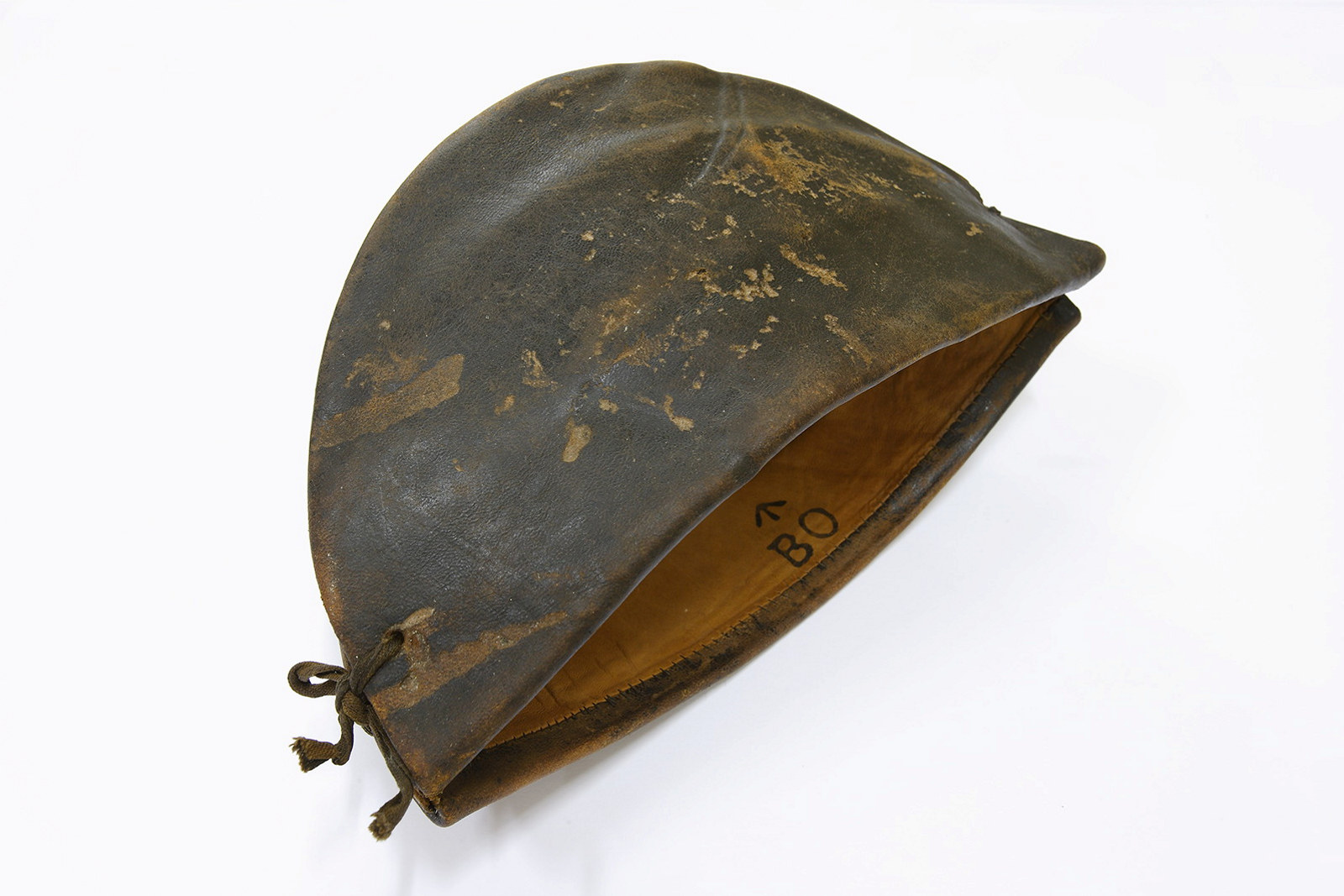
Convict Sydney
Convict cap
A hat was known as a castor or a kelp in the convict ‘flash’ slang language
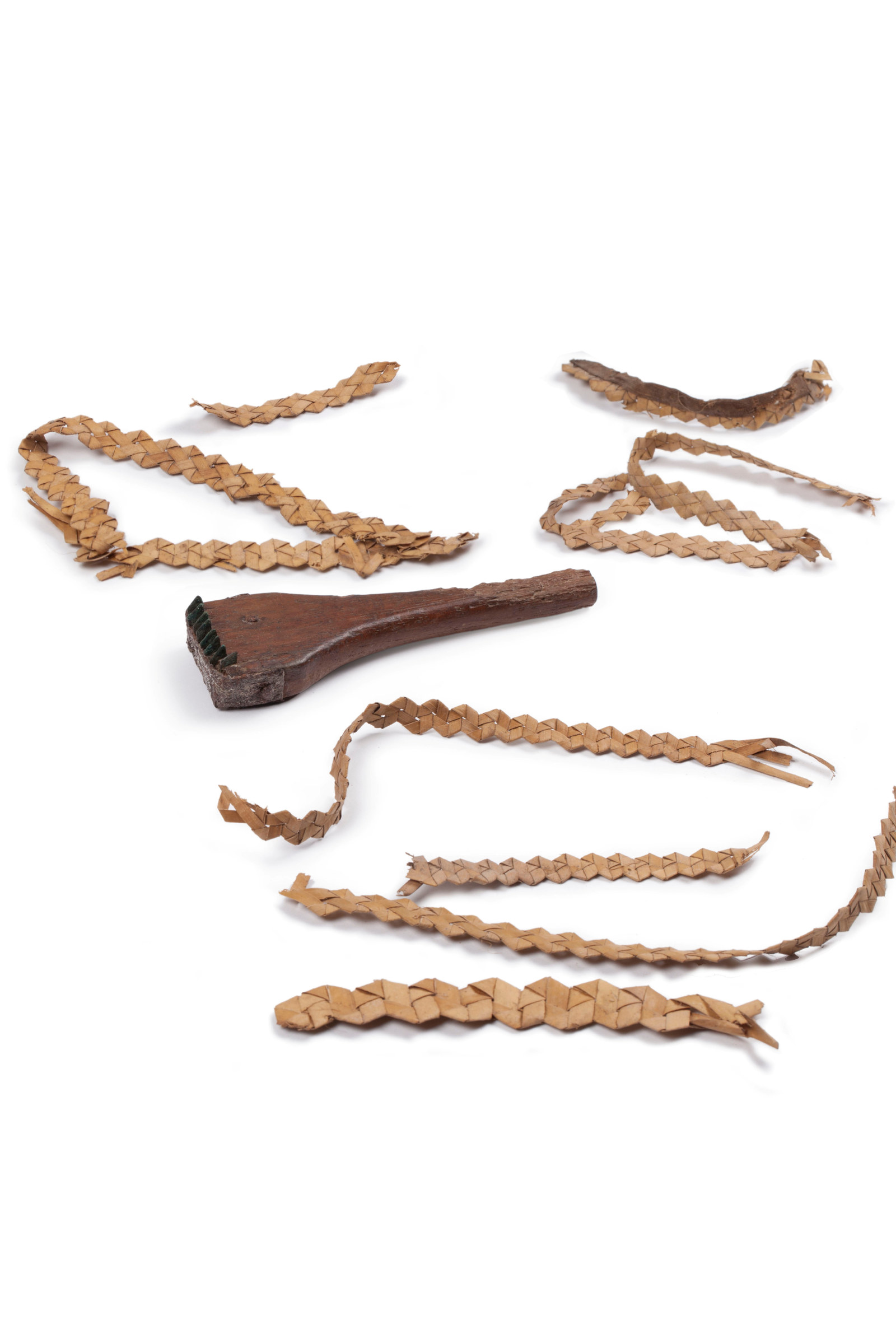
Convict Sydney
Convict hat sennets and leaf shredder
This shredding tool and ‘sennets’ or fragments of plaited cabbage tree palm leaves (Livistona australis) found beneath the floors of the Hyde Park Barracks were used by convicts for making hats
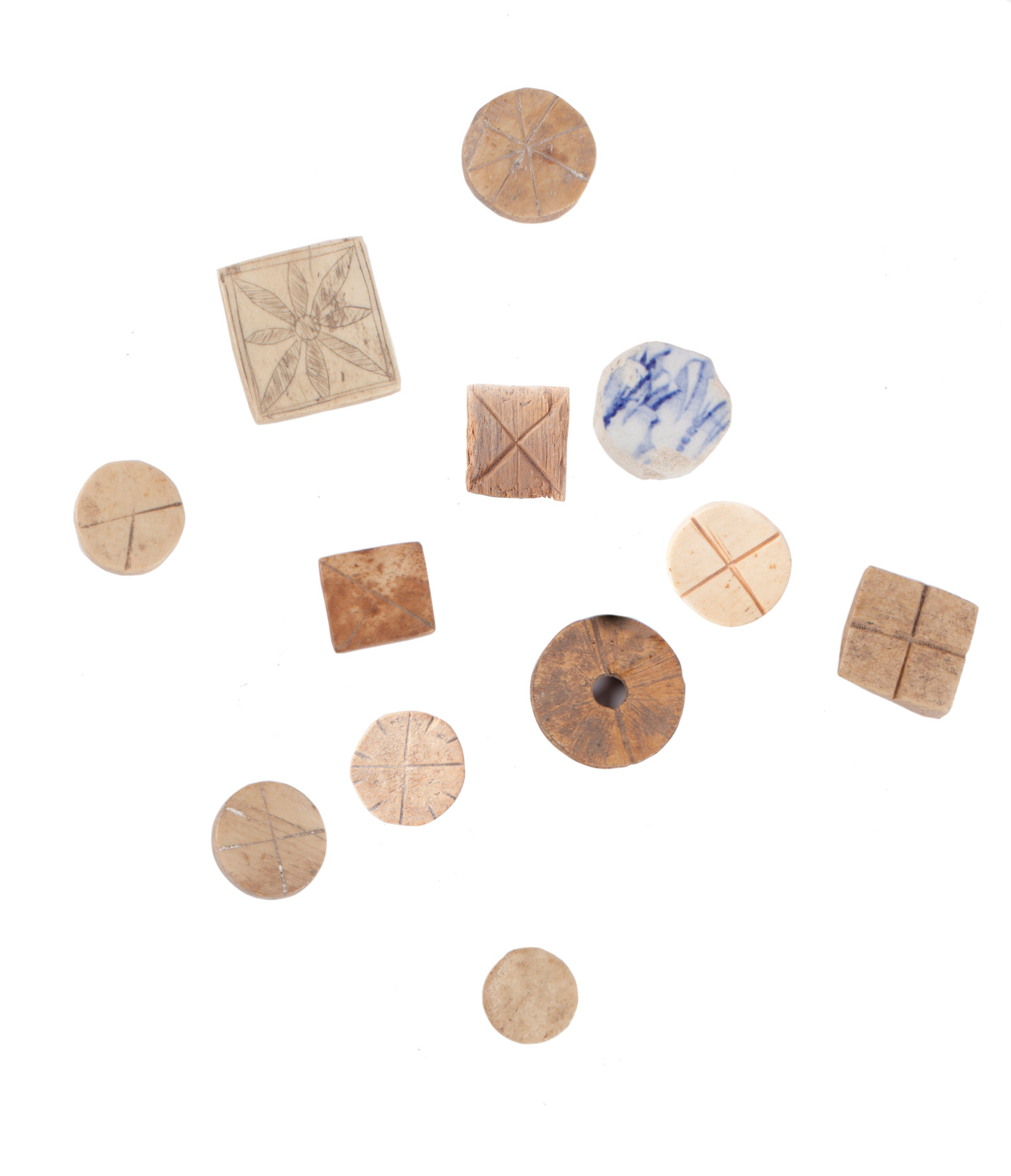
Convict Sydney
Convict gaming tokens
These bone, ceramic and wooden gaming tokens appear to have been hand-carved by convicts from rubbish scraps and animal bones saved from their meals
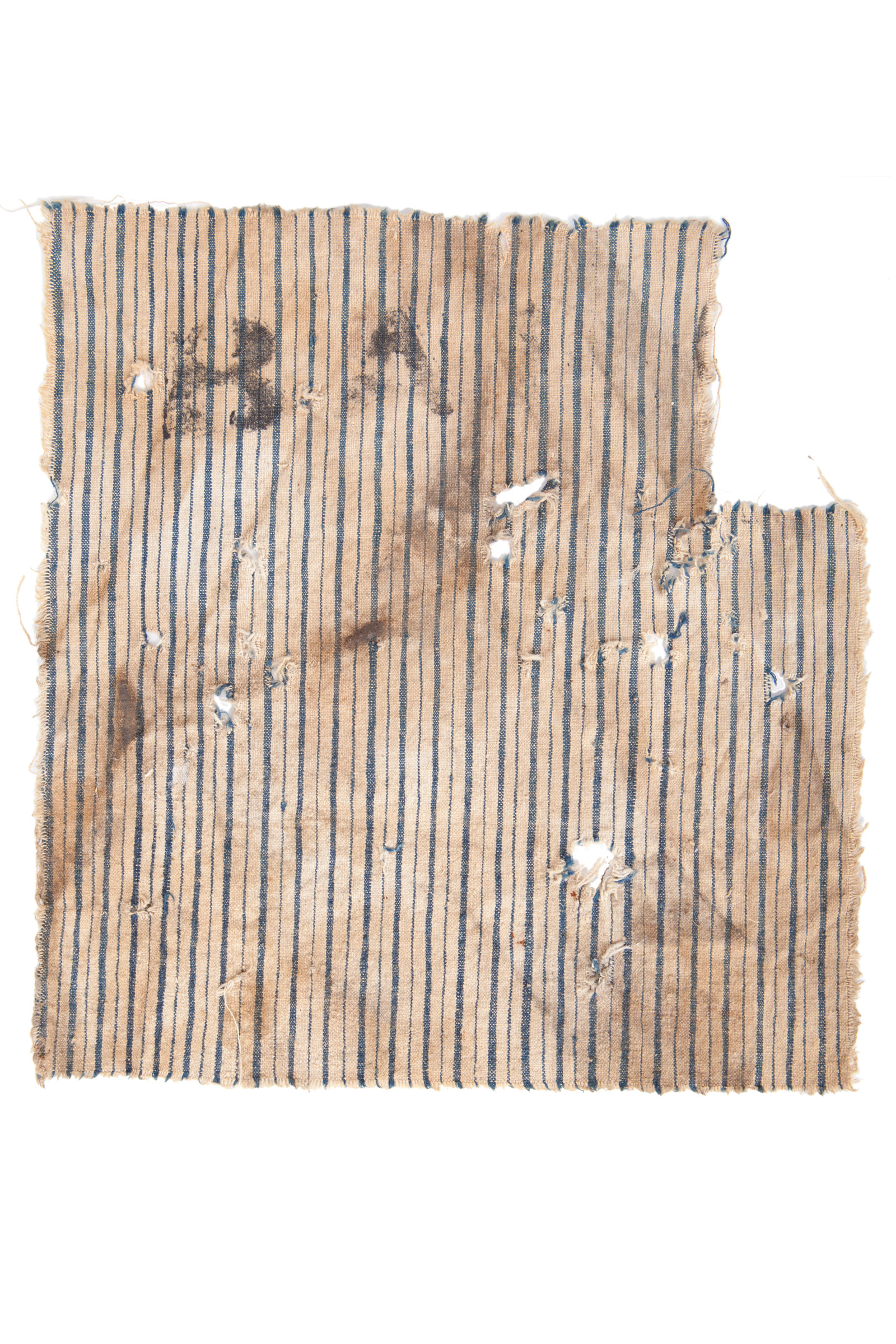
Convict Sydney
Convict shirt scrap, ‘B.A.’
This square scrap of striped convict shirt is curiously stamped with the letters ‘B’ and ‘A’
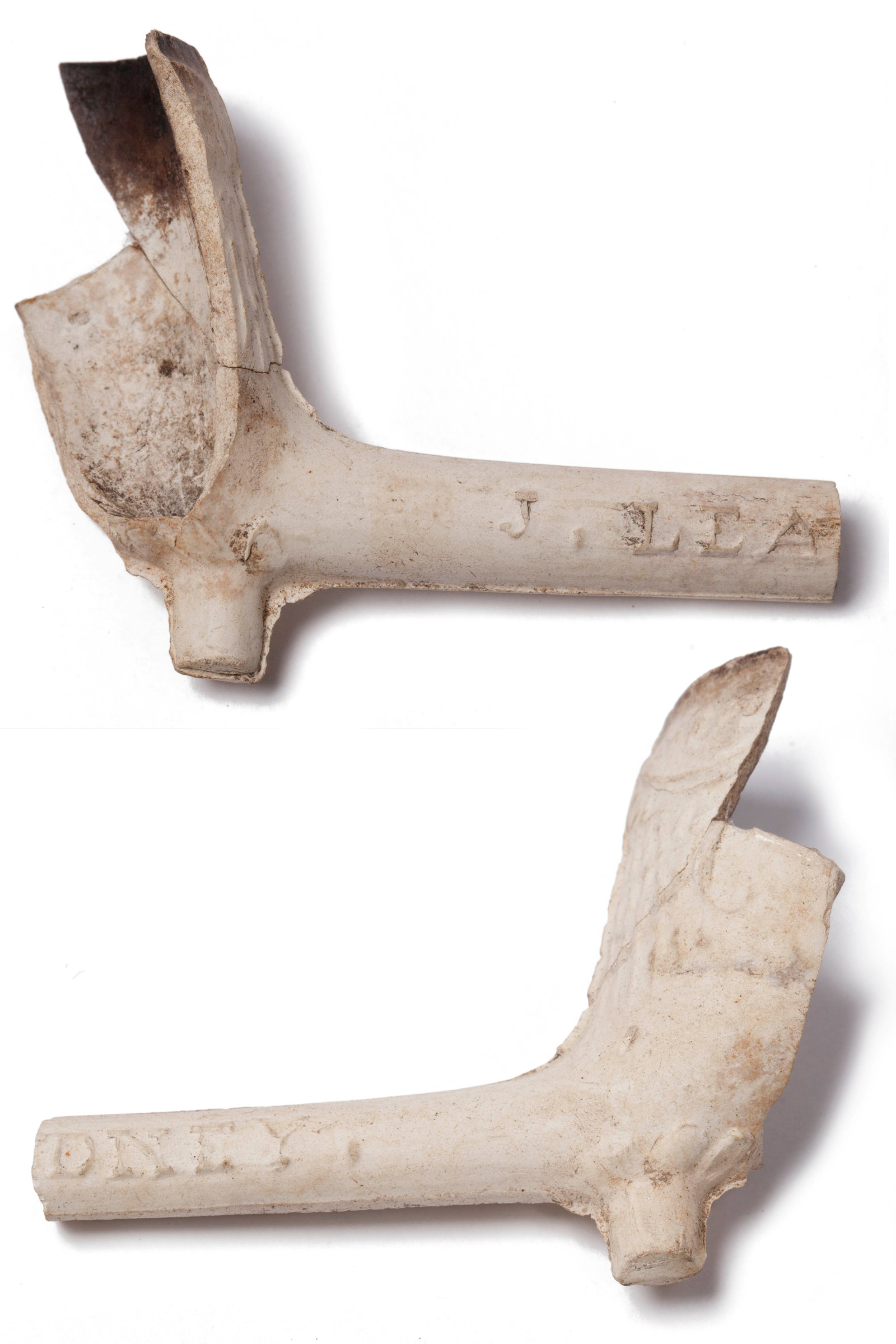
Convict Sydney
Clay tobacco pipe
1,500 fragments of convict-era clay tobacco pipes were recovered by archaeologists from the Hyde Park Barracks
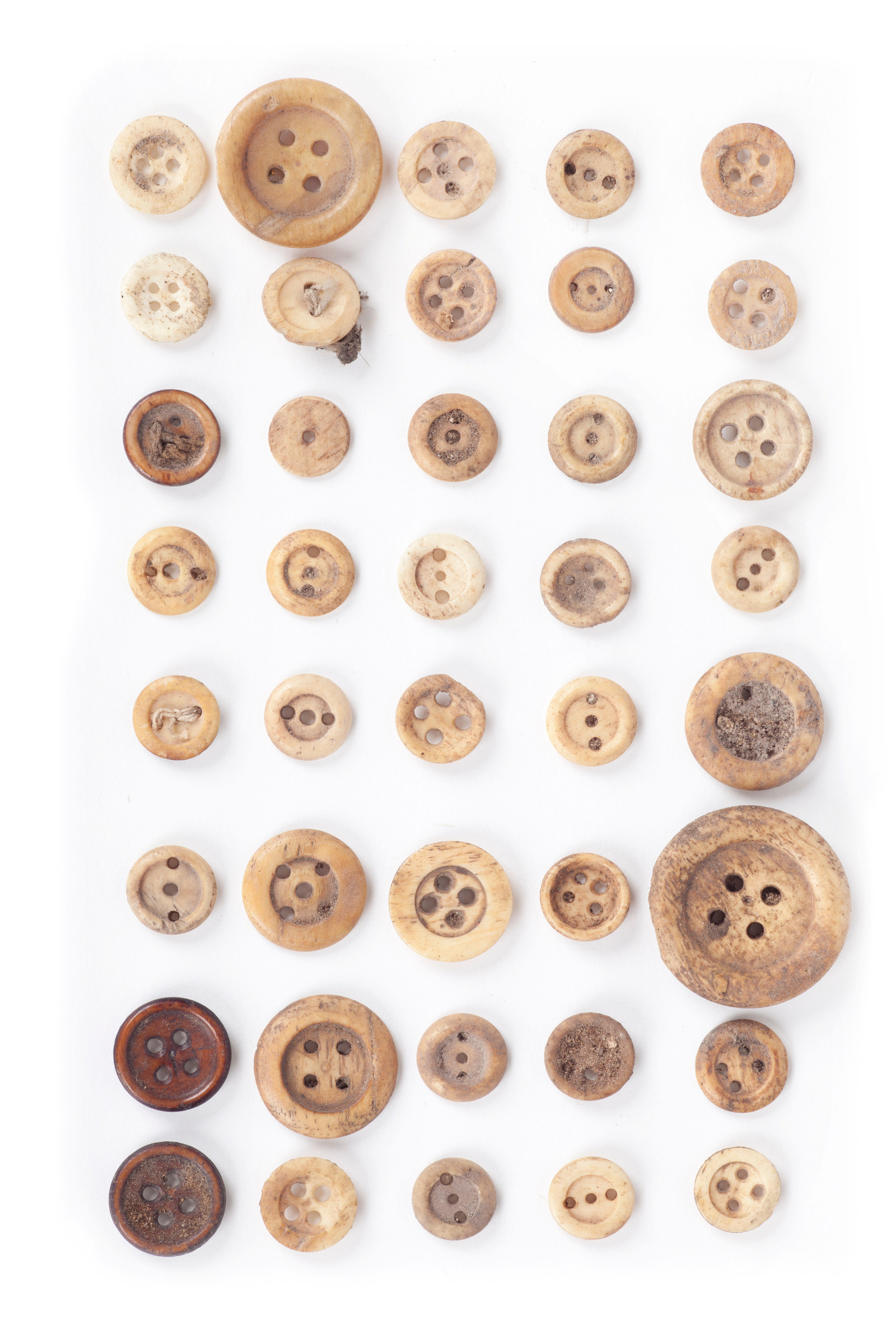
Convict Sydney
Convict uniform buttons
Archaeologists found more than 250 bone buttons, which were once attached to convict shirts, jackets and trousers and then lost beneath the floors at the Hyde Park Barracks